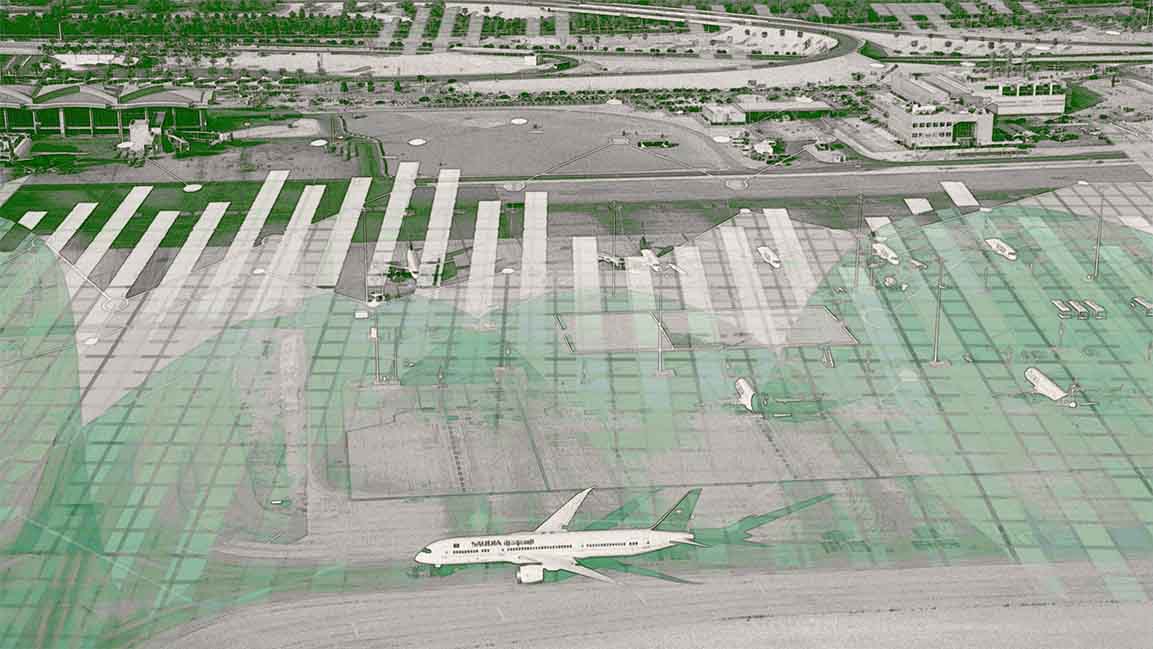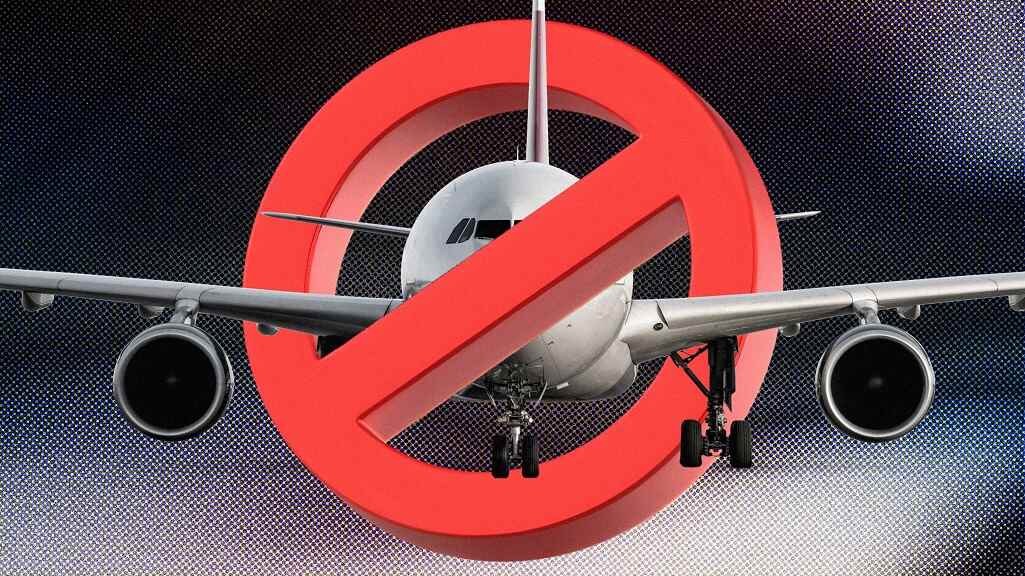- | 1:00 pm
Saudi Arabia introduces new aviation policy to attract $100 billion investments by 2030
It is expected that Saudi Arabia’s aviation economic regulations will drive further investment, growth, and performance across the aviation sector

Saudi Arabia has been working on boosting its aviation sector to drive further investment, growth, competitiveness, and performance. To become a global hub for transportation and cargo services, on Monday, the kingdom announced that the aviation sector seeks to attract $100 billion in investments by 2030.
The General Authority of Civil Aviation (GACA) revealed that investments would be utilized to raise the level of air traffic services in Saudi Arabia, boost the operation of the airports, and improve the performance of national air carriers.
The GACA announced adopting three economic regulations for airports: ground handling services and air cargo and air transport services.
This policy supports the privatization of airports and facilitates the procedures for new investors to join the aviation sector in the kingdom.
Airports will also be allowed to propose charges per GACA’s policies, while airports will gain more flexibility to diversify their income via growing non-aeronautical revenue. License processes for air cargo service providers will also be streamlined.
“The regulations create an open, dynamic, and competitive market, setting a level playing field for global operators and investors in the kingdom. These changes will create more competition, choice, and value for passengers and consumers,” said Abdulaziz Al-Duailej, president of GACA.
“GACA’s transformation of Saudi Arabia’s aviation economic regulations will drive further investment, growth, and performance across the aviation sector.”
The economic policy and the set of regulations issued by the GACA will contribute to achieving the goals of the National Aviation Strategy and stimulate the investment environment by raising the contribution of the transportation and logistics sector to the GDP to 10%, in addition to creating direct and indirect jobs in the aviation sector and pumping investments worth up to $100 billion from the public and private sectors by 2030.
































